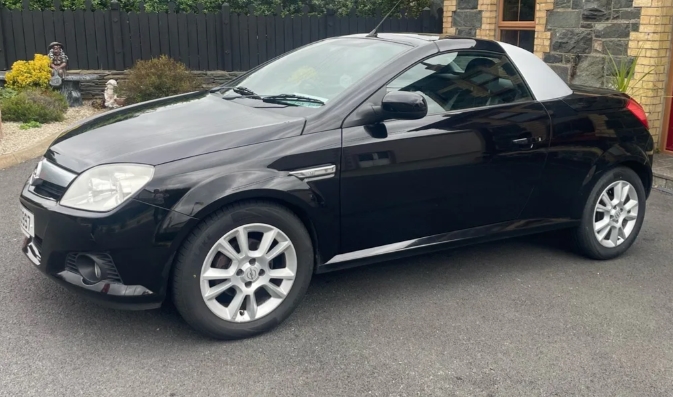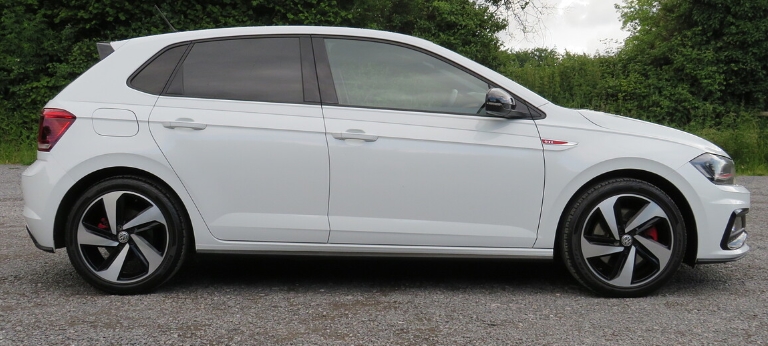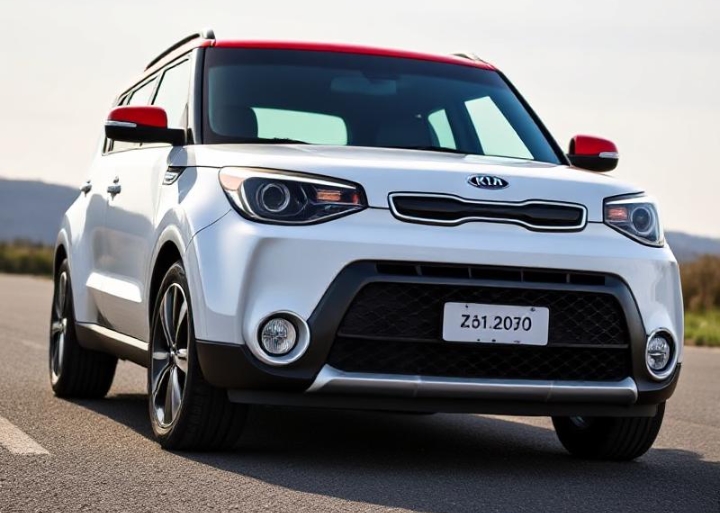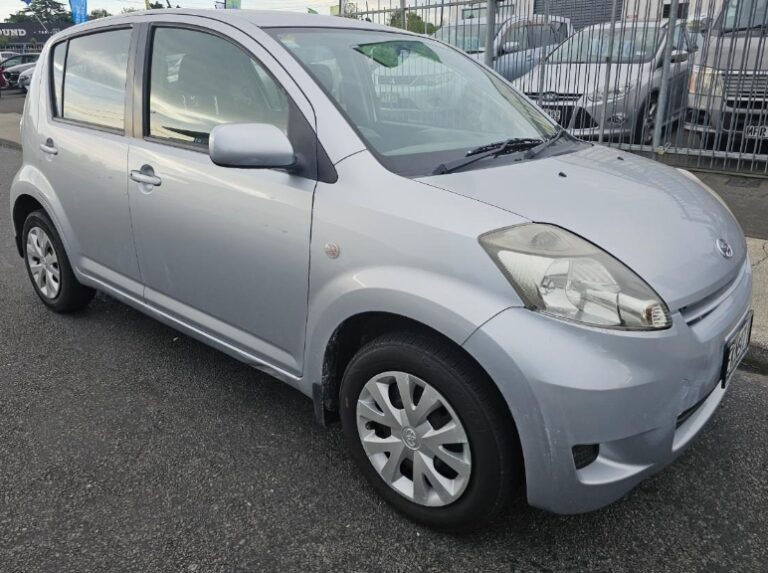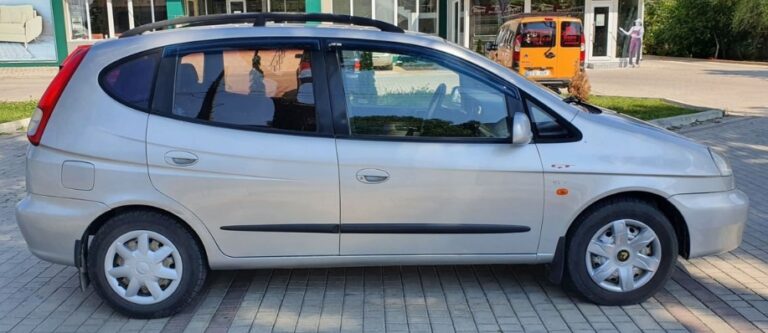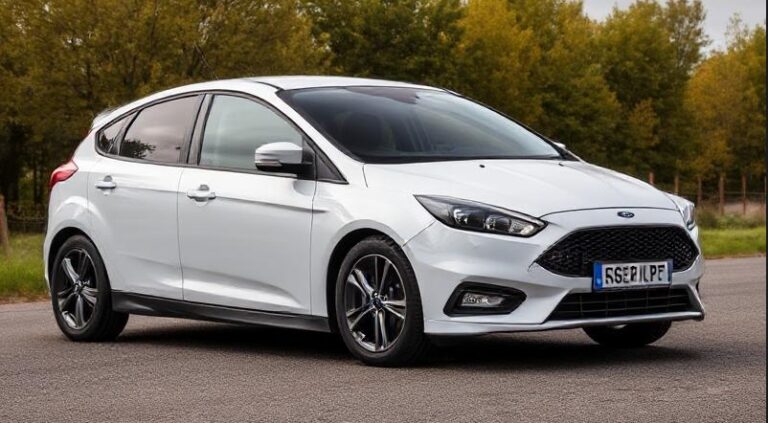From Curvaceous Coupé to Convertible: Evolution of the Opel Tigra
In the annals of automotive history, some cars are remembered for their earth-shattering performance, others for their revolutionary technology. The Opel Tigra, however, carved its niche through pure, unadulterated style. Born from the sensible underpinnings of the Opel Corsa, the Tigra was a testament to the idea that everyday affordability and head-turning design were not mutually exclusive. Over two distinct generations, it transformed in lockstep with the changing tastes of the European market, evolving from a bubbly, compact coupé into a sharp, sophisticated hardtop convertible. This is the story of its evolution.
The Genesis: A Concept Steals the Show (1993)
The story of the Tigra begins not on the showroom floor, but under the bright lights of the 1993 Frankfurt Motor Show. Opel, enjoying the success of its recently launched Corsa B, decided to showcase the versatility of its new supermini platform. They unveiled a pair of radical concept cars: the Tigra Roadster, a sleek two-seater sports car, and the Scamp, a compact pickup utility vehicle.
The public and press reaction was immediate and overwhelmingly positive, particularly for the Tigra Roadster concept. Consumers were captivated by its futuristic, curvaceous lines and sporty promise. Opel’s management saw a clear market opportunity. While a pure two-seater roadster was deemed too niche and costly to produce for their target demographic, the enthusiasm for the design was undeniable. A decision was made to translate the concept’s spirit into a more practical and commercially viable package: a compact 2+2 coupé. The production car would retain the concept’s name and much of its design DNA, setting the stage for one of the most distinctive small cars of the 1990s.
The First Generation: The Tigra A (1994–2001)
Debuting in late 1994, the Opel Tigra A was an instant sensation. Built at the Opel factory in Zaragoza, Spain, alongside the Corsa B it was based on, the Tigra was a masterclass in platform sharing. While its chassis, drivetrain, and dashboard were lifted directly from its supermini sibling, its exterior was entirely unique.
Design and Characteristics: The Tigra A’s design was its calling card. Penned under the direction of Japanese designer Hideo Kodama, it was a perfect embodiment of the “bio-design” trend prevalent in the ’90s. The car was a composition of soft, rounded forms, devoid of sharp creases. Its most defining features were the swooping, arch-like roofline that flowed seamlessly into a large, curved glass rear hatch, and the complete absence of a B-pillar, which created an airy, open feeling. The almond-shaped headlights gave it a playful, feline face, living up to its “Tigra” name.
Despite its sporty appearance, it was marketed as a 2+2 coupé. In reality, the rear seats were exceptionally small, suitable only for young children or, more commonly, as extra luggage space. The boot, accessed via the enormous glass hatch, was surprisingly practical for a car of its class.
Powertrains and Trim Levels: Simplicity was key to the Tigra A’s appeal and affordability. Throughout its seven-year production run, it was offered with just two petrol engine options, both from Opel’s modern 16-valve Ecotec family.
1.4L 16v (X14XE): This was the entry-level and most common engine, producing a respectable 90 PS (89 bhp). It provided peppy performance well-suited for city driving and was the workhorse of the Tigra range.
1.6L 16v (X16XE): Sourced from the sporty Corsa GSi, this engine was the range-topper, delivering 106 PS (105 bhp). It gave the Tigra a warmer character, capable of a 0-60 mph time of around 9.5 seconds, making it feel genuinely quick for its era.
Both engines were primarily paired with a 5-speed manual gearbox, though a 4-speed automatic was available as an option for the 1.4L model.
Trim levels were straightforward and often market-dependent. The base model was typically designated simply by its engine size (e.g., Tigra 1.4 16v). Over the years, Opel introduced a variety of special and limited editions to maintain sales momentum. These included:
“i” Models: Often added features like alloy wheels and fog lights.
Atlanta: A 1996 special edition to commemorate the Atlanta Olympics, often featuring special badging and unique upholstery.
Rio Verde: Named after its distinctive metallic green paint finish.
Wave: Included popular features like air conditioning and an upgraded stereo system.
Concept: A late-run model that bundled many optional extras as standard.
Market Reception and Legacy: The Tigra A was a commercial success, selling over a quarter of a million units. It competed directly with the likes of the Ford Puma and Renault Mégane Coupé. While critics often praised the Ford Puma for its superior chassis dynamics and driving engagement (the Tigra’s Lotus-tuned chassis was competent but not as sharp), the Tigra frequently won on style, perceived quality, and its unique visual appeal. It became a darling of the younger demographic and a popular base for the automotive tuning scene.
In the UK, it was sold as the Vauxhall Tigra, and in Brazil, Argentina, and Mexico, it was rebadged as the Chevrolet Tigra, highlighting its global reach. However, by 2001, the market for small coupés was waning, and with the Corsa B being replaced, production of the Tigra A ceased.
The Intermission and a New Trend (2001–2004)
For three years, the Tigra name lay dormant. During this period, the automotive landscape shifted. The Peugeot 206 CC had ignited a craze for affordable coupé-cabriolets with its innovative retractable metal hardtop. This new formula offered the style and security of a coupé with the open-air thrill of a convertible at the touch of a button. Opel, seeing a clear successor to the Tigra’s style-conscious ethos, decided to resurrect the nameplate for a completely new kind of car.
The Second Generation: The Tigra B TwinTop (2004–2009)
Unveiled at the Geneva Motor Show in 2004, the new Opel Tigra was a radical departure from its predecessor. Gone was the 2+2 coupé format, replaced by a strict two-seater roadster layout. Its party piece was a sophisticated electro-hydraulic retractable hardtop, earning it the name Tigra TwinTop.
Design and Engineering: Based on the Corsa C platform, the Tigra TwinTop was engineered and built not in-house, but by the renowned French coachbuilder Heuliez, a specialist in convertible systems. The design language was a complete pivot from the Tigra A’s soft curves. The TwinTop was sharp, angular, and athletic, featuring a prominent central spine on the bonnet, geometric light clusters, and a distinctive silver-finished roll bar behind the seats.
The engineering of the roof was its main attraction. The two-piece hardtop could fold itself neatly into the boot in just 18 seconds. This mechanism also allowed for a surprisingly large boot (440 litres) with the roof up, which shrank to a still-usable 250 litres with the roof stowed. This practicality gave it a significant edge over soft-top rivals.
Powertrains and Trim Levels: The engine lineup for the Tigra TwinTop was expanded to cater to a broader European audience, most notably with the inclusion of a diesel option for the first time.
1.4L Twinport (Z14XEP): A revised 1.4-litre petrol engine, now producing 90 PS (89 bhp) with a focus on improved fuel economy.
1.8L (Z18XE): The new top-tier petrol engine, offering a more potent 125 PS (123 bhp) for spirited performance.
1.3L CDTI (Z13DT): A frugal common-rail diesel engine developed in partnership with Fiat. It produced 70 PS (69 bhp) and offered outstanding fuel efficiency, making the Tigra TwinTop an economical yet stylish commuter.
A 5-speed manual gearbox was standard across the range, with Opel’s “Easytronic” automated manual transmission available as an option on the 1.4L model.
Trim levels were more clearly defined than in the first generation, typically following Opel’s standard hierarchy:
Enjoy: The entry-level specification, offering core features like the electric roof, remote locking, and a CD player.
Sport: Added larger alloy wheels, a firmer suspension setup, sports seats, and fog lights for a more dynamic look and feel.
Cosmo: The luxury-oriented trim, featuring part-leather upholstery, heated seats, and more premium interior detailing.
As with its predecessor, the Tigra was also sold as the Vauxhall Tigra in the UK and, in a new market for the nameplate, as the Holden Tigra in Australia.
Reception and End of Production: The Tigra TwinTop was well-received upon its launch, even winning the “Cabrio of the Year 2004” award in Geneva. It was praised for its clever roof design, solid build quality, and practical boot. It offered a more mature and refined experience than the original Tigra.
However, it faced stiff competition from the Peugeot 207 CC and Nissan Micra C+C. While competent, it perhaps lacked the charismatic charm of the original coupé. Furthermore, the market for niche small convertibles began to shrink dramatically towards the end of the decade, exacerbated by the 2008 global financial crisis. With consumer focus shifting towards more practical and economical models like CUVs, sales of small convertibles plummeted. In 2009, Opel quietly discontinued the Tigra TwinTop, marking the end of the Tigra lineage.
.

.
Conclusion: A Legacy of Accessible Style
The Opel Tigra’s story is a tale of two distinct philosophies united by a common goal: to deliver style and fun based on a reliable, everyday platform. The Tigra A was a product of the optimistic and expressive ’90s, a curvy and charismatic coupé that captured the hearts of a generation. The Tigra B TwinTop was a reflection of the more technically advanced and pragmatic 2000s, a sharp and clever convertible that offered two cars in one.
Though it was never a high-performance icon, the Tigra’s legacy is secure. It proved that a car didn’t need a powerful engine or a luxury price tag to be desirable. Over its two generations and 15 years, the Opel Tigra remained a beacon of affordable flair, a small car with a big personality that left a memorable mark on Europe’s roads.
